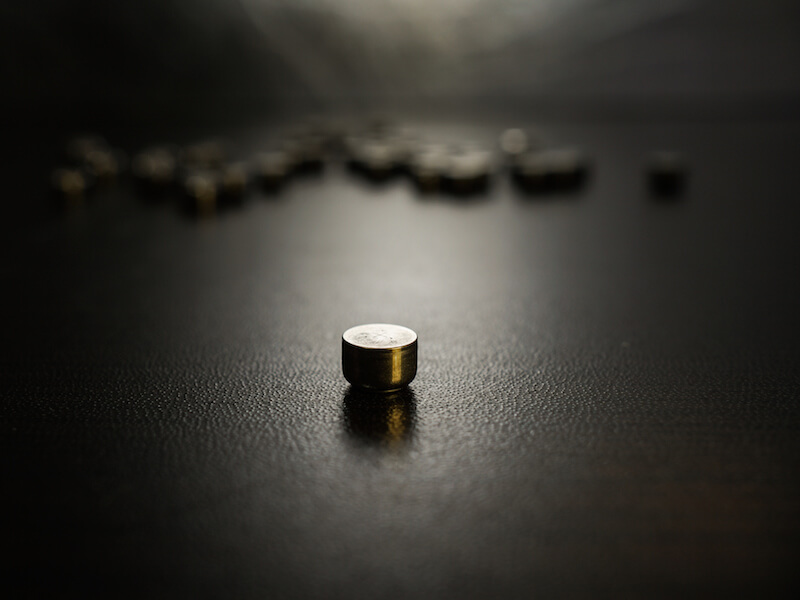
From phones to cameras to music players, how we power our electronics has progressed. A powerful, rechargeable hearing aid battery is finally living up to the hopes of hearing aid makers to replace the antiquated disposable power sources of the past.
Size 312 batteries are the most prevalent of the disposable batteries that have typically been used to power hearing aids. The most prominent form of this battery, now, is “zinc-ion”.
The Downside to Disposable Hearing Aid Batteries
As the name would imply, a zinc-air battery is affected by the presence of air. When it comes to the 312 batteries used in many hearing aids, the user is required to pull a little tab off the back of the battery before it is turned on and operational.
They will begin draining power the moment they are fully oxygenated. That means power is beginning to drain whether the user is ready for it or not.
The biggest downside to disposable batteries, for most users, is how long they last. With 312 batteries, the user may be replacing the batteries in their hearing aids about 120 times per year because they drain in 3 to 12 days according to some reports.
Because of this, besides having to purchase 120 batteries, the user will have to change and properly dispose of batteries at least two times a week. From a cost perspective alone, that likely equals more than $100 in battery costs.
Rechargeable battery Advancements
Fortunately, for hearing aid users looking for another alternative, there have been profound advancements to rechargeable hearing aids that now make them a viable option.
The vast majority of people would wear rechargeable hearing aids if given an option according to some studies. Until now these models have historically struggled to supply a long enough charge to make them practical. But modern rechargeable batteries will last all day without needing a recharge.
Users won’t see substantial cost savings by changing to rechargeable batteries, but where they will see an obvious improvement is in quality of life.
On top of providing 24 hours of charge time, these contemporary models result in less frustration for the user, since there’s no more changing and properly disposing of batteries. Instead, they only need to take out the battery and place them in a convenient tabletop charger.
When a disposable battery nears the end of its life it won’t run your hearing aid at full capacity. And you can’t determine how near the battery is to quitting. Consequently, users risk putting themselves in a situation where their battery may die at a critical time. A dead battery will not only lead to a safety hazard, it could cause the user to miss out on key life moments.
Types of Rechargeable Hearing Aid Batteries
There are unique benefits to each of the different materials that rechargeable batteries are constructed from. The ability to maintain a charge for 24 hours is one reason why integrated lithium-ion batteries are one worthwhile option that manufacturers provide. You might be surprised to learn that this same kind of technology is what charges and powers your cellphone.
Another type of modern rechargeable battery is a silver-zinc. Originally, these innovative batteries were manufactured for Nasa’s moon missions. With this technology, even your existing hearing aids can most likely be updated to run on rechargeable batteries. Just like lithium-ion, silver-zinc can also produce enough power to last you for a full day.
Some models even allow you to recharge the battery while it’s still in the hearing aid. For these, users will slip the entire hearing aid on a charging station when they sleep or at another time when the device isn’t in use.
Whichever option you choose, rechargeable batteries will be substantially better than disposable batteries. You just need to do some research to determine which solution is best for your needs.
If you’re searching for more information about hearing aid technology or how to select the best hearing aid to meet your needs, we encourage you to take a look at our hearing aids section.